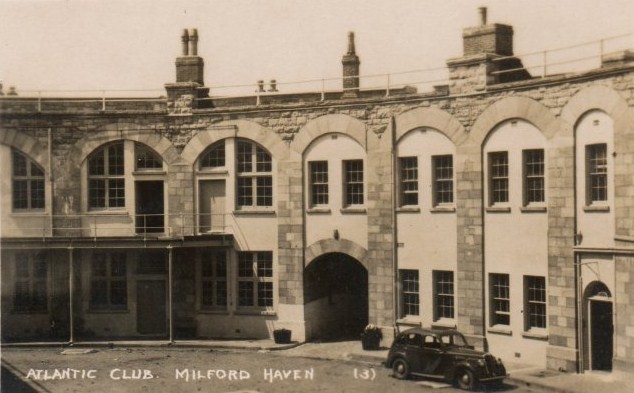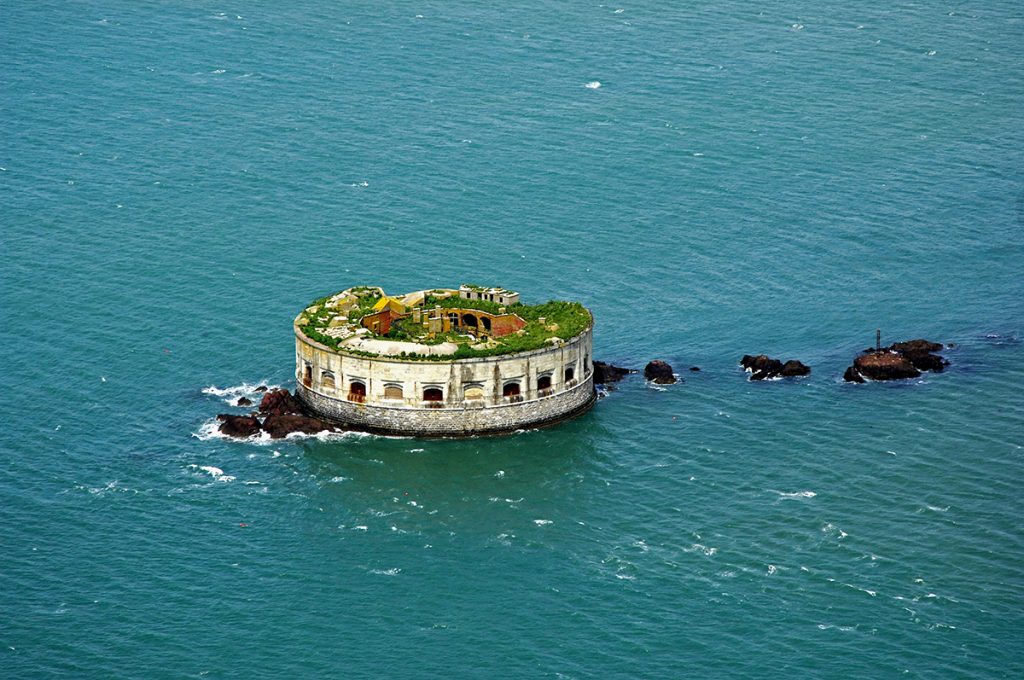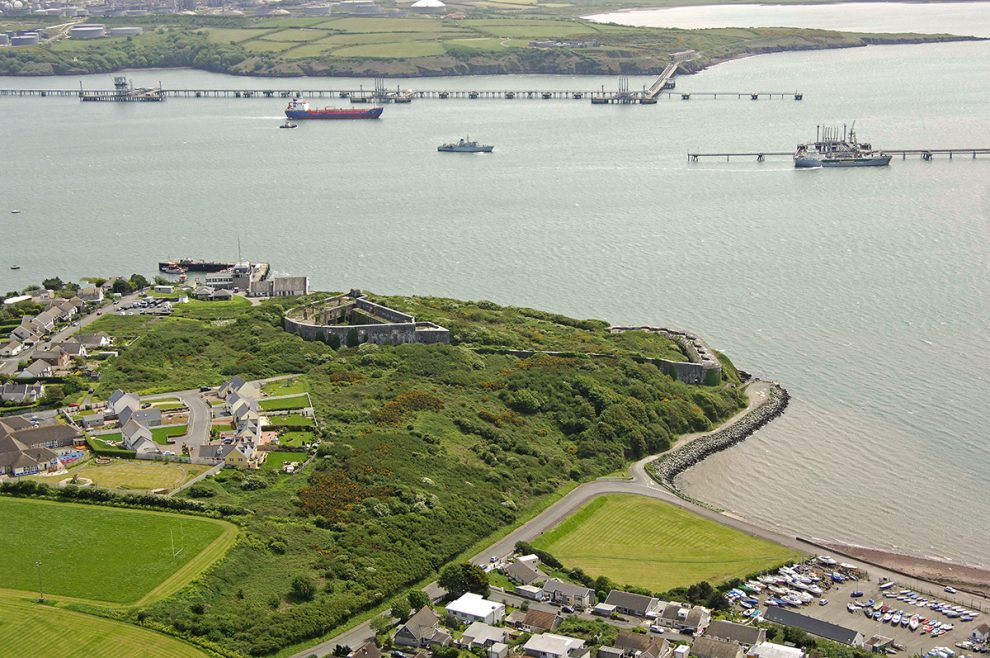AROUND the coast of Milford Haven in Pembrokeshire sits around a dozen forts, still standing to this day, which have never really seen much action.
These are Palmerston Forts, built during the Victorian period on the recommendations of the 1860 Royal Commission on the Defence of the United Kingdom, prompted by concerns about the strength of the French Navy
The Palmerston Forts around Milford Haven include:
• Fort Hubberstone
• Popton Fort
• Scoveston Fort
• South Hook Fort
• Stack Rock Fort
• Thorn Island Fort
• Llanion Battery
• St Catherine’s Fort, Tenby
• Chapel Bay Fort
• West Blockhouse Fort
• Dale Fort
• East and West Blockhouses
Indeed, the arrival of forces in Milford Haven dates back a long time, all the way to the Vikings, the chieftain Huba almost certainly giving his name to the village of Hubberston at the mouth of the estuary after he wintered there with 2,000 warriors in 877 AD.
The Normans, when they came at the end of the 11th century, probably came by sea and in 1405 Owain Glyndwr and a force of French mercenaries landed in the Haven.
In 1485 Henry Tudor arrived to claim his kingdom, first stepping ashore somewhere on the Dale Peninsula.
Despite this, no defences were built in the shape of forts until 1580, when it was finally decided that the area needed stronger protection from invading forces.
This decision was made by Henry VIII’s chief minister, Thomas Cromwell, who ordered work to begin on building a pair of blockhouses on each side of the Haven’s entrance.

Little more was done, however. Cromwell fell from power and the blockhouses were probably never completed.
In 1595 the Pembrokeshire writer George Owen did actually draw up proposals for a defensive triangle in the Haven, the plan being based on creating forts on Thorne Island at Angle, Stack Rock in the centre of the waterway and Dale Point.
Yet again, the idea was abandoned, probably due to the projected cost.
During the Civil War campaigns in Pembrokeshire the Royalists built a fort at Pill, outside the modern day town of Milford Haven.
This was little more than an armed camp, however, and was easily taken by the Roundhead General Roland Laugharne in 1643.
It was only after the outbreak of war with France in 1756 that the military gave further serious consideration to defending the Haven. Lt Col Bastide, director of the Royal Engineers, visited the area and suggested the building of six forts. The plan was dismissed as being too expensive but a revised proposal for just three forts was accepted.
So in 1758 work began on the first of these fortifications at Paterchurch Point but as the danger of any French invasion soon passed, the building was never completed. When, in 1814, a dockyard was founded at Paterchurch (Pembroke Dock as it is known today), it became clear that such a valuable resource needed protection and the fortifications that can still be seen on the Haven banks date from this period.
The old fort at Paterchurch was garrisoned for a time, then replaced by the Pater Battery.
Two gun towers – often mistakenly called Martello Towers – were built at the new dockyard in 1849-57 and the huge Defensible Barracks were created on the hill overlooking the yards.
Further down the Haven forts were built on Thorne Island (1852) and on Stack Rock (1850) while blockhouses were also built at Dale and Angle.

By the end of the 1860s there was a huge range of fortifications, over a dozen of them, along the banks of Milford Haven, ranging from barracks for soldiers to gun positions that carried a heavy weight of fire.
As it happened the forts of Milford Haven were never called upon to fire their guns in anger but it is interesting to surmise what might have happened had any enemy force ever ventured into the waterway.
The weapons in the forts ranged from 18 and 25 ton cannons to seven and nine inch modern weapons: a formidable arsenal indeed.
Little seems to have been added to the fortifications of Milford Haven after about 1870. The forts were mostly obsolete by the outbreak of World War One but they were still garrisoned for coast defence between 1914 and 1918.
In World War Two the same thing happened, although now they were also equipped for anti-aircraft work as well.
Interestingly, the series of forts was so positioned as to provide defence from seaward attack but with the creation of large barracks and forts like Scoveston and Popton, there was also provision to face attack from the landward side as well.
It was something that British military planners conveniently forgot in the 20th century when defensive bastions like Singapore were formidable when they faced the sea but were wide open to attack from land.
Now these forts lie around the coast mainly to be admired on walks and when out on the water in a boat.
Despite never being used, ultimately that is a good thing for the people of the town, who never saw the type of violence that they were once planning to defend against.




















Add Comment